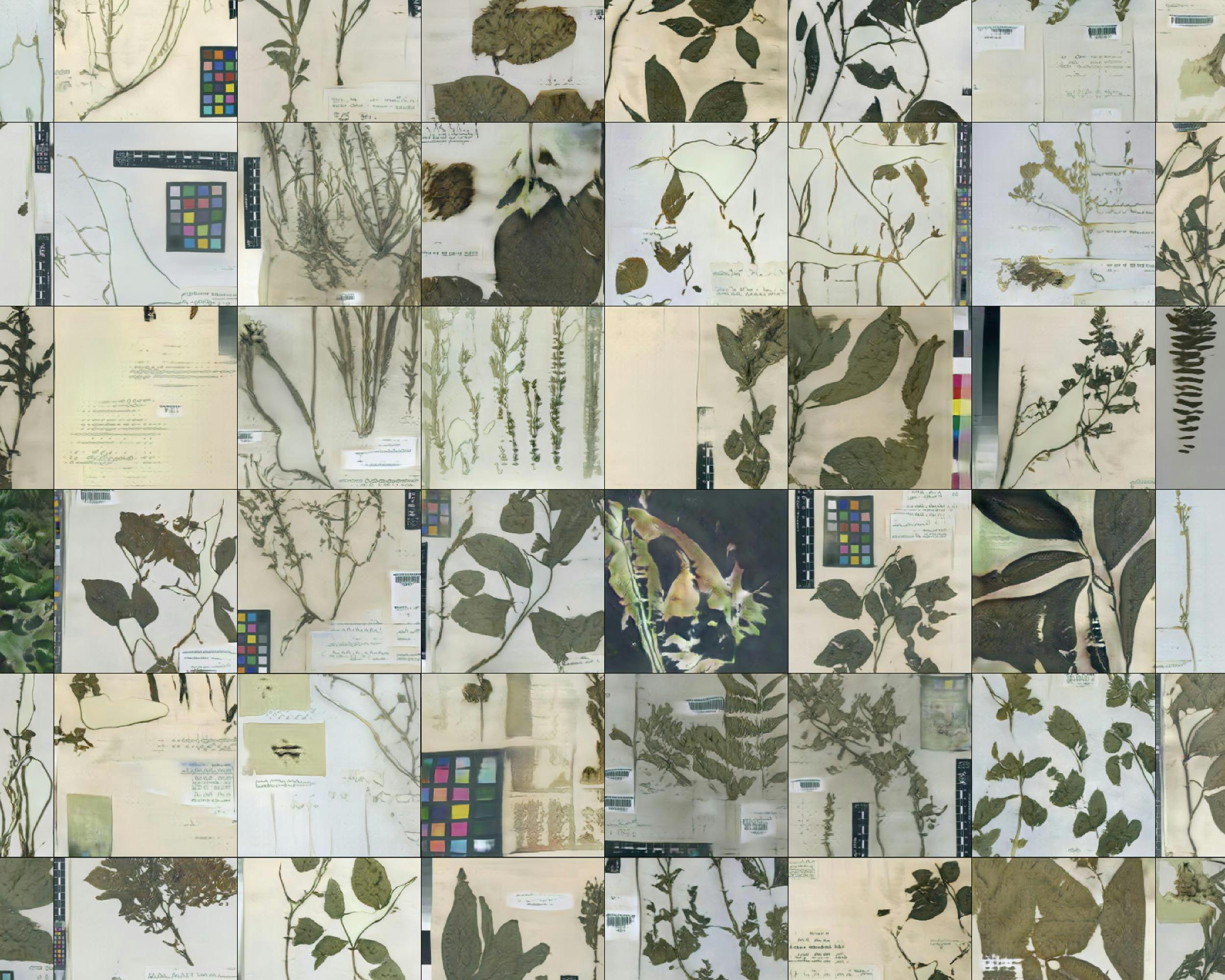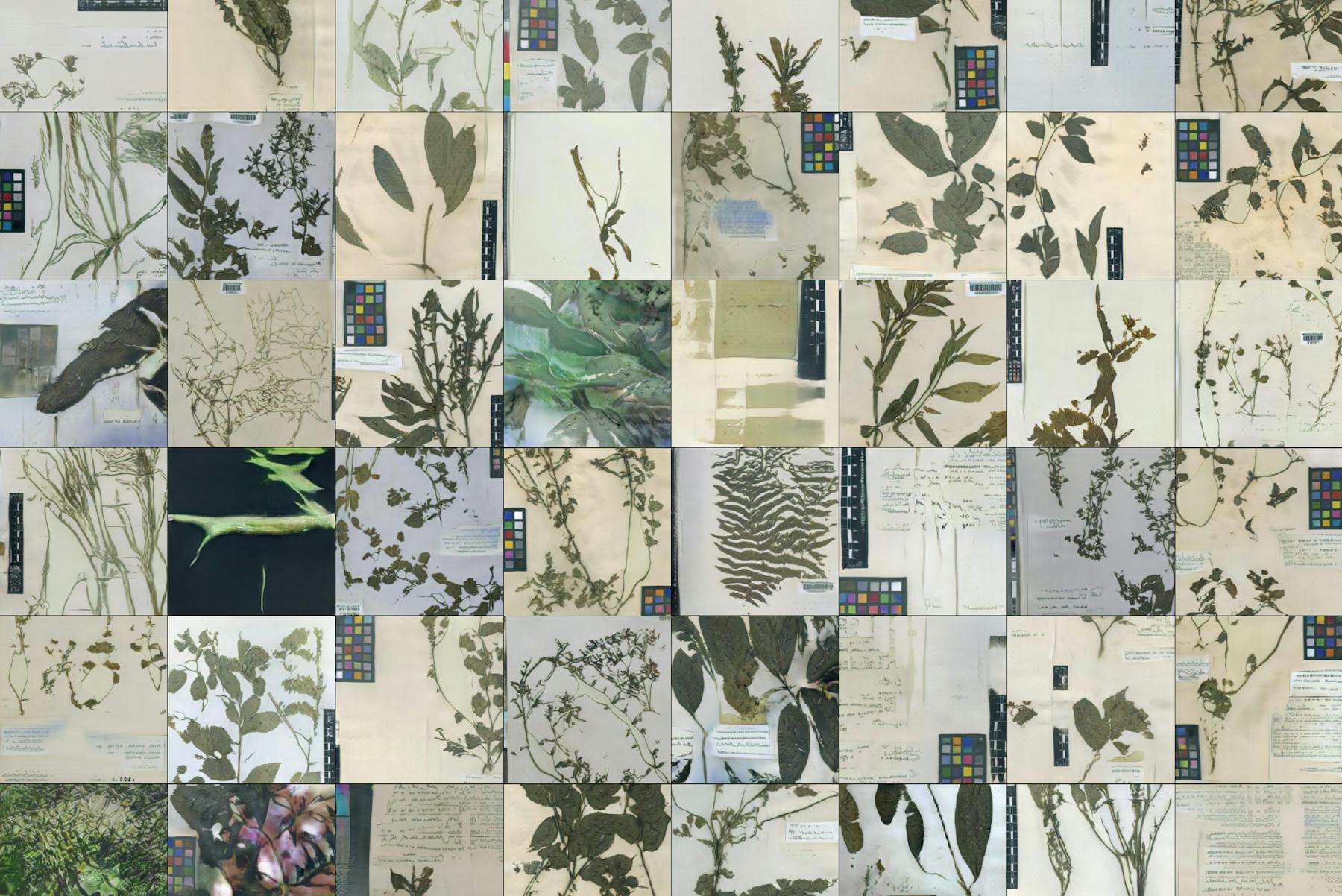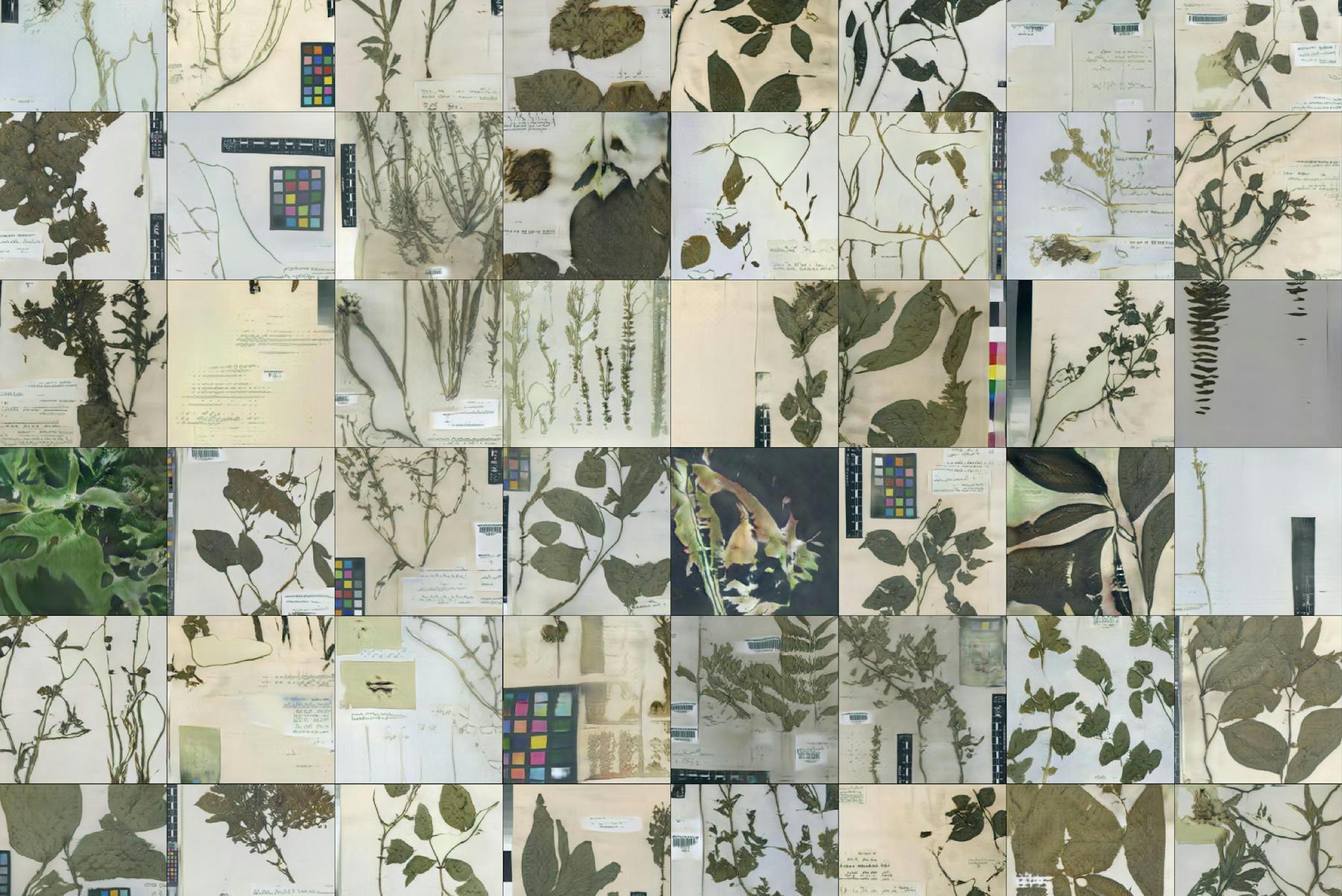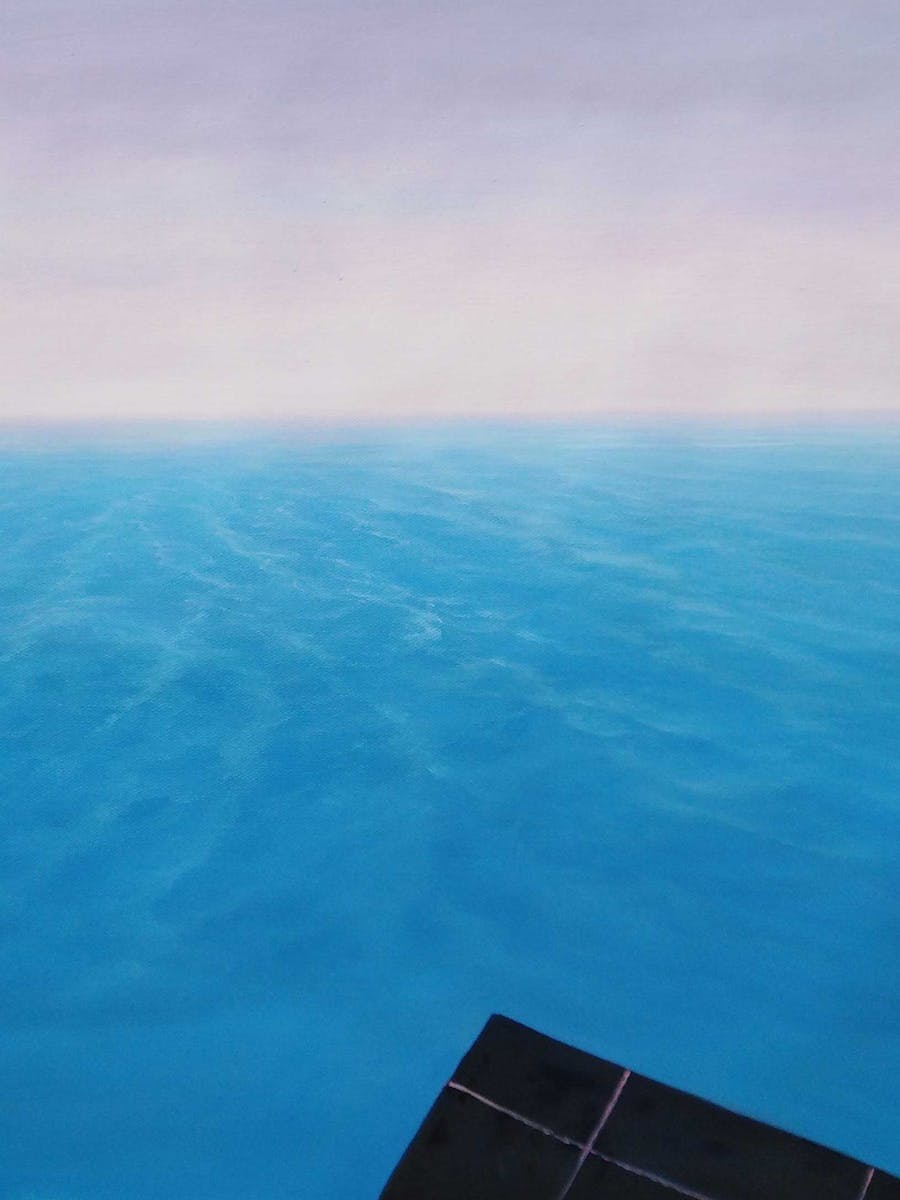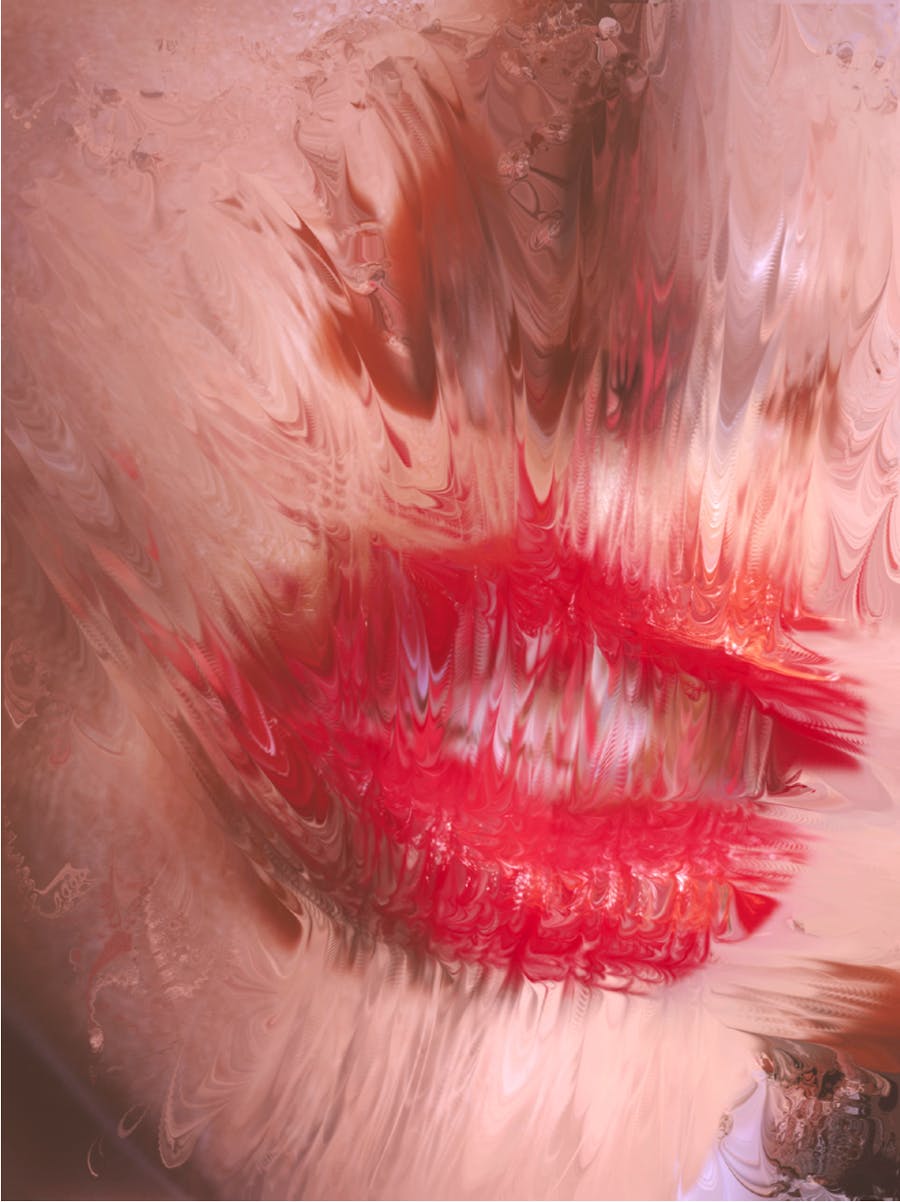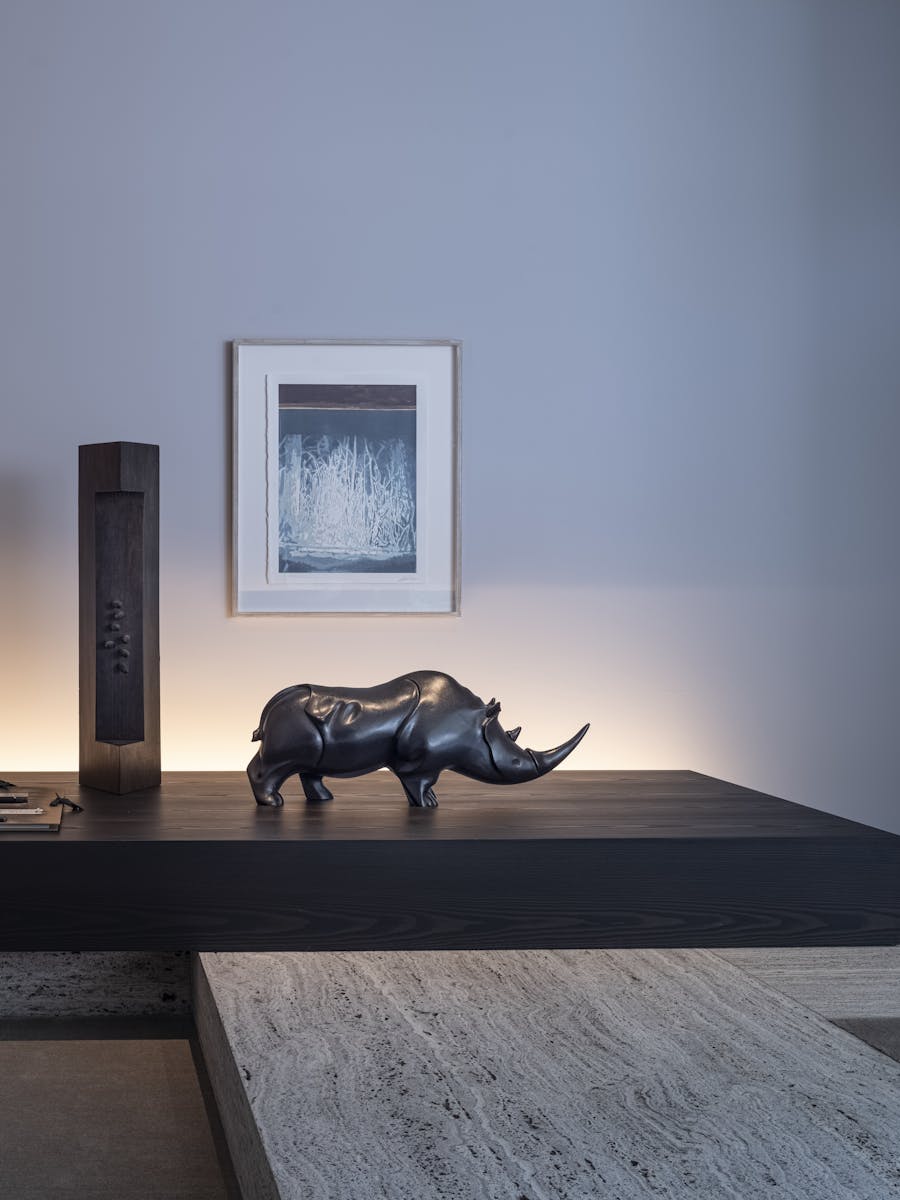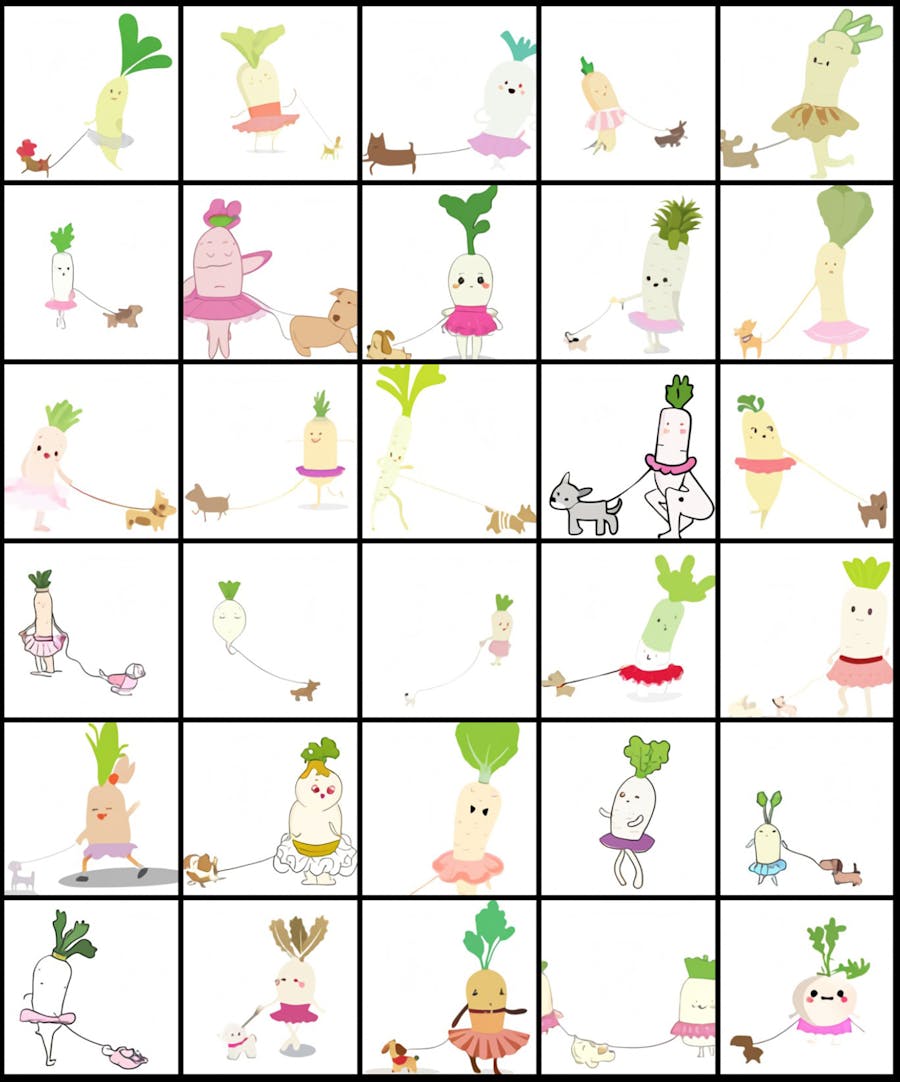There are some brilliant minds capable of juggling art and science, the real and the imaginary. Paul Mouginot, scarcely 30 years of age, is one of them. A photographer and visual artist, this engineer specializing in artificial intelligence (AI) is also a devoué of art and fashion. In 2016 he co-founded daco, a start-up specializing in the development of competitor analysis of fashion labels using data and AI – the company was a finalist in the 2018 ANDAM Innovation Prize (Association nationale pour le développement des arts de la mode) and has since been acquired by Veepee (formerly Vente privée).
In 2019, this artist/scientist developed a text generator using Markov chains, an algorithm well known in mathematics. The machine ‘eats’ the works of poets and writers – Verlaine, Rimbaud, Apollinaire, Wilde, Tzara, for example – dissects all the words and all the punctuation marks, inventories the most frequently occurring associations (word order, placement of commas, linguistic quirks) and calculates the probability of them appearing. Mouginot then uses a random signal and the calculated probabilities to create new texts which have the ‘flavour’ of the authors on which they are based but were never written by them.
He could have stopped there and let the machine keep going. But the engineer in him decided to team up with it and choose from amongst the generated texts the best fragments, those he terms ‘strokes of genius’, which he transcribes on strips of paper. The artist in him parses, edits and makes decisions. These thousands of strips are going to become a book by Aurèce Vettier – the name of the collective Mouginot created with Anis Gondoura, co-founder of daco and AI specialist, a stage name created by the machine out of all the artists the pair admire. “The idea is to create a collective-persona which allows me to work on projects and for each of them to assemble a team according to circumstances,” Mouginot explains.
For Exhibition, Aurèce Vettier has exclusively revealed a series of poems created in this way, before the publication of the collection scheduled for spring. He has also started to work in the same way with images: Aurèce has imagined a herbarium of the future, conceived on the basis of a multitude of photos of flowers and vegetables – a project entitled
‘Potential Herbariums’. You might think that the plants had been gathered in the mountains or in the fields, but not a bit of it, they are simply pretending to be real. Underlying these experiments is a desire to call into question the creative act, renewed and rethought with an ever closer association between man and machine.
You decided to team up with an algorithm to write these poems. Can you tell us how the idea of this alliance came about?
⏤ My practice consists in exploring how we can collaborate with machines to, as it were, ‘dream together’ and expand our respective capacities to create. For that, I use algorithms, data and AI modelling, all of which are involved at various stages of an analogue creative process: writing a text, assembling an image, even constructing a sculpture. Just five years ago, it was still difficult to get the material and the resources to carry out work in artificial intelligence, especially in the area of image recognition, since the most powerful graphics cards (GPUs) were only available commercially to big businesses and the military. But scientists have made immense progress in their research and the results have finally been shared so that they are available to the greatest number of people, who can use and develop them.
In this context, I kept working to get better, kept learning, kept experimenting. The main thing I have learnt is that making a machine carry out a complex task is a laborious activity, bordering on obsession, almost a kind of artisanry. Training these machines, showing them thousands of examples and the desired outcomes, I couldn’t help but think of the work of the artists who pioneered interactions between men and computers: Vera Molnar, Manfred Mohr, as well as Iannis Xenakis. When GAN technology (Generative Adversarial Networks) reached maturity – at least in a form that could be used – and with it formidable creative possibilities opened up, it became an obsession and something I obviously just had to do: I had to shut myself up in my atelier and only come out when I had something new to show.
Today, when I interact with algorithms, I am not interested in the fields relating to digital art: I am rather pursuing, sincerely and obstinately, research into how to create a better creative interaction between humanity and machines. I seek to position myself exactly at the border between the real and the imaginary: I am not interested in artefacts or deformations, in pixellated images or unreadable texts generated by the machine and respectfully presented as such to readers. On the contrary, I really believe that in taking the best of human capabilities (the capacity to love, the sense of a personal history, culture, the ability to create unexpected bridges between distant ideas) and those of the machine (exhaustiveness, parametric ability, relentless work), it is possible to move further towards tangible objects and experiences that are of the highest quality.
You created a text generator using Markov chains. Can you tell us more about your way of working, your process?
⏤ One of the projects I have been working on for almost a year consists in imagining a book of poems written in collaboration with a machine, more precisely a Markov chain. I could certainly have chosen more sophisticated algorithms, but I wanted, at least at first, to return to the essence of the idea of a ‘stochastic process’. A Markov chain is a mathematical process that has been around for a long time and which has already been used, notably in music. Some consider it to represent an embryonic form of artificial intelligence. Markov chains can be used to reproduce phenomena – texts, images, sounds, scents…– through respecting basic data, called “training data”. In the case of a text, the principle consists in making a list of all the words and all the punctuation marks – we’re talking about a “dictionary” – and calculating the probability that any given word or punctuation mark will follow another. Then, in using a random signal and the probabilities created in this way, we can create a text, an image, a sound “in the manner of…”.
For this book of poetry, first of all I transcribed numerous poems by the authors I have always loved: Verlaine, Rimbaud, Apollinaire, but also Wilde, Tzara, not forgetting Aurélie Nemours. Putting Markov chains to work on each of these texts, I was able to create what I call a ‘gangue’: thus Verlaine’s gangue is a collection of 20,000 to 50,000 words which have Verlaine’s vocabulary, his flavour, sometimes even rhymes, but which have never been written by him. Moreover, linking them together half randomly creates numerous ‘epiphanies’: these are the little strokes of genius which I hurry to write down on strips of paper. From these strips, I see themes emerge, and I then assemble them in ‘songs’: that’s my contribution. The machine generates a gangue in which I find treasure, I extract it and assemble it with my sensitivity and my human limitations….
Why did you choose the works of Verlaine, Rimbaud and Apollinaire to “feed” the “machine”?
⏤ I grew up with those works but I could also measure, in the initial stages of training the machine, the extent to which each author brought their own distinctive power: the abundance of nature in Apollinaire, the density of references to antiquity in Rimbaud, the colorimetric and spatial nuances in Verlaine. I’m talking here in cold and obviously limited terms; nonetheless, the training work allowed me to rediscover the density of their poetry and their heritage. When I began to work with Apollinaire’s corpus, as I was studying and retranscribing the “gangue” the machine was producing, I noticed that flames and red cathedrals cropped up repeatedly: I immediately accepted this offering from the machine, and that became the first song, the starting point: Notre Dame en feu. Similarly, Verlaine and Rimbaud were these great runaways, eternal vagabonds. Through the training work, that had a profound influence on the form of the book: the songs are organized as a journey and they took on, to my amazement, a free, initiatory form.
Once the text had been generated by the machine, you decided on the choice of phrases and on what words to keep, and you later rearranged them to create new poems, your own. In this editing phase, if we can call it that, what determined your choices? Did you have specific criteria or leave it to your intuition?
⏤ The work was carried out in stages: the machine generated ‘gangues’ for each poet, I studied the gangues in detail to extract the best fragments by writing them down on strips of paper. Once I had identified the principle themes or “stops” on the journey, I grouped the strips of paper. Then, working with each bundle, I organized the strips of paper and linked them together, writing the poem. At each stage, when it was manual, I concentrated on the action itself (grouping, ordering, writing) in an objective fashion: when I ordered the strips of paper, I wasn’t thinking, for example, about what form the final poem would take. On the other hand, when I wrote the final poem, I was drawing on all my intellectual resources. In this way, I was influenced by the machine’s capacity for infinite work. Each stage demanded a lot of time, I was able to plunge myself into a quasi-contemplative state: in those moments outside time, I had the sense that I was able to rely completely on my intuition and on my many writing reflexes informed by my past reading.
To sum up, we could say that your artistic skill and sensibility finished what the “machine” started. Do you think this represents a completely novel creative process, a new way of exercising creativity?
⏤ What does seem completely novel to me, and this is why I find this research so exciting, is to look for ever more finesse in creative work: in the future, the machine will almost certainly not replace every aspect of human creative work, but humans will certainly have to accept delegating part of their current work to machines. In fashion, for example, I would imagine for sure that one day machines will suggest the looks for a show, on the basis of a training moodboard chosen by the creative director. But what will continue to determine the value of the creation will be at the very least the double choice of the designer: the choice of the training data given to the machine and above all the choice the designer makes about the final look, sometimes on completely subjective criteria. The key, I think, is to get the right balance with the machine, to work with it to expand creative possibilities, while maintaining the poetry and serendipity which make us human.
Were you inspired by OuLiPo, the literary group founded in 1960 by a small group of French writers and mathematicians?
⏤ Of course I’m familiar with OuLiPo: I really admire their paradoxical relationship with constraints, which they see as the source of freedom whilst they seem to refuse the intervention of random processes. A number of OuLiPo texts fascinate me, but I have to say that A Void by Georges Perec, the famous novel written without once using the letter ‘e’, was a taxing read, almost a performance. I continue, nonetheless, to follow closely this collective literary adventure – one of the oldest, lest we forget! Recently, I have been impressed by the poetic objects of Ian Monk and the moving work Oublier Clémence by Michèle Audin.
My texts and my work introduce mathematical ideas, algorithms and constraints, but in such a way that they will pass unnoticed: I hope that a reader who is not informed of their presence will not know they are there, that they will be interested in the text and what it brings them.
Beyond being just an artistic practice, does your method of generating texts have other applications in real life?
⏤ Yes, of course, and it has already started in journalism, with articles written in a completely automated fashion. Nevertheless, just as machines are not able to replace the crucial practice of getting a second opinion in medicine, so the job of the journalist cannot be replaced by a simple text generator. The journalist explores his sources, checks them, compares them, and sets the tone of the article through his subtle use of language and the aptness of the quotations he selects, and there will never be enough data available online to completely delegate this fundamental work to an algorithm.
Your practice has also been duplicated in the world of images. You have created new photographs of plants and vegetables, on the basis of actually existing references, which seem as real as the originals. In the future, could we imagine fashion photographs created in this way, even whole campaigns? When you see the list of demands placed on creative directors, stylists and photographers, you often think it would be easier to get a machine to do it…
⏤ Creating the series “Potential Herbariums” required a huge amount of work with Anis, because we wanted to get plates of a herbarium totally generated by artificial intelligence, but with maximal realism and exceptional image quality. I’ve been closely following the progress made in this field and, to my knowledge, we are the first to manage to get the stars to align in this way. What is marvellous is to be able to create pieces, sometimes measuring up to two meters tall, representing flowers, dried leaves, moss and lichen, which nobody has ever picked.
A lot of companies are getting involved with automatic retouching of photos using AI (I’m thinking of Meero in particular) and, yes, I think that these new processes will transform the world of photography and advertising. However, with the ‘Potential Herbariums’, we are not collaborating with the machine because we fear constraints. On the contrary, we are gently trying to reach the border, the intersection of the real, sensual world and that, no less poetic, in which machines dream.
Will a machine one day be able to do your job of “editing”, choosing with sensitivity and taste the fragments of text in which you see strokes of genius? Will two machines be able to enter into dialogue with each other?
⏤ In theory, I don’t see why that wouldn’t be impossible, it is all just a question of training, but frankly, who would be interested? The interest in establishing a dialogue between a machine and a human lies in creating a process which permits an encounter between a certain exhaustiveness and a beautiful imperfection. One disrupts the other, and we don’t know which… I am thinking in particular of fashion and a haute couture collection conceived with the assistance of a machine. If it is not signed by a feeling, thinking being or a team of humans who have chosen, touched, cherished the materials and privileged the physical gesture, is it really luxury?
Translated into English by Sara & Emma Bielecki.
